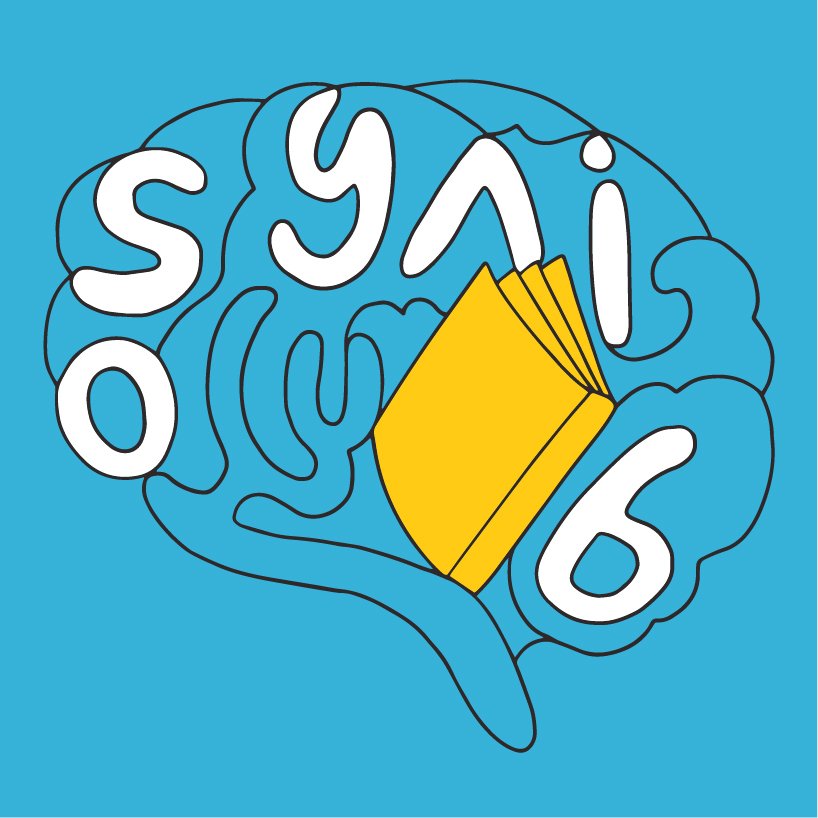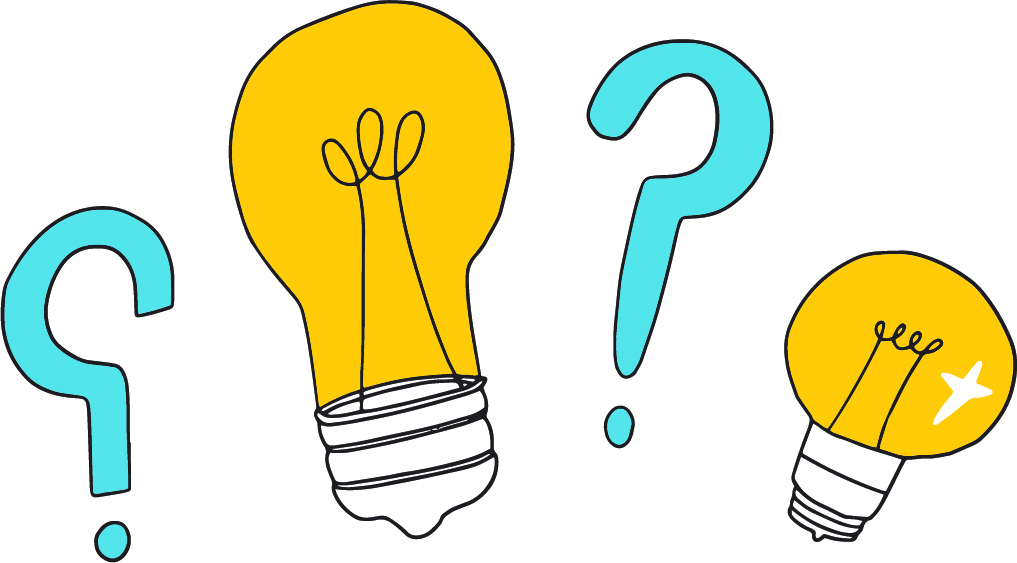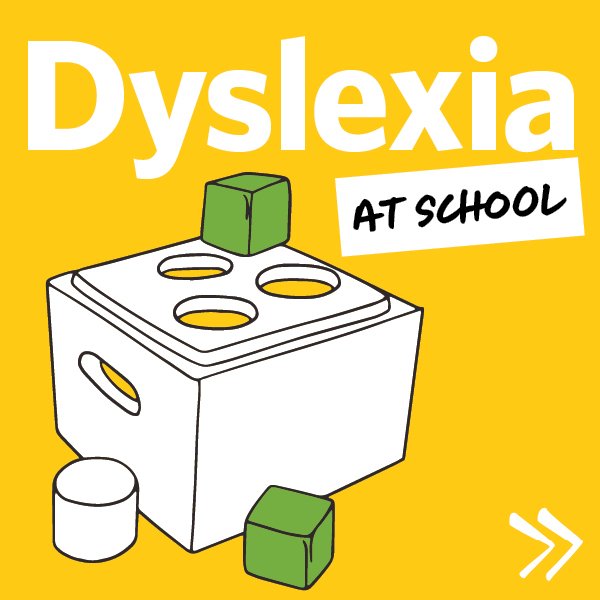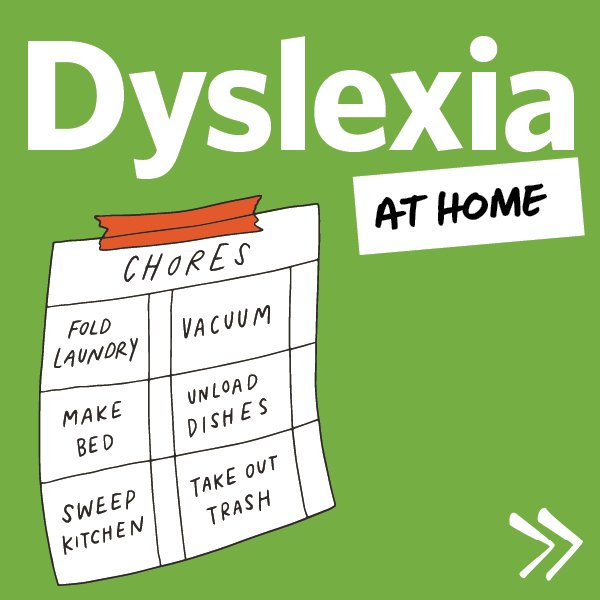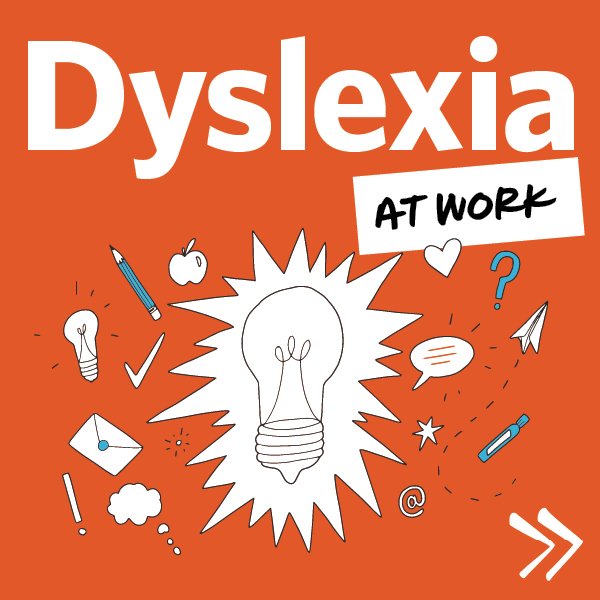- Our School
- Our Advantage
- Admission
- Elementary•Middle School
- High School
- Summer
- Giving
- Parent Resources
- For Educators
- Alumni
« Back
Dyslexia: A Primer
April 12th, 2023
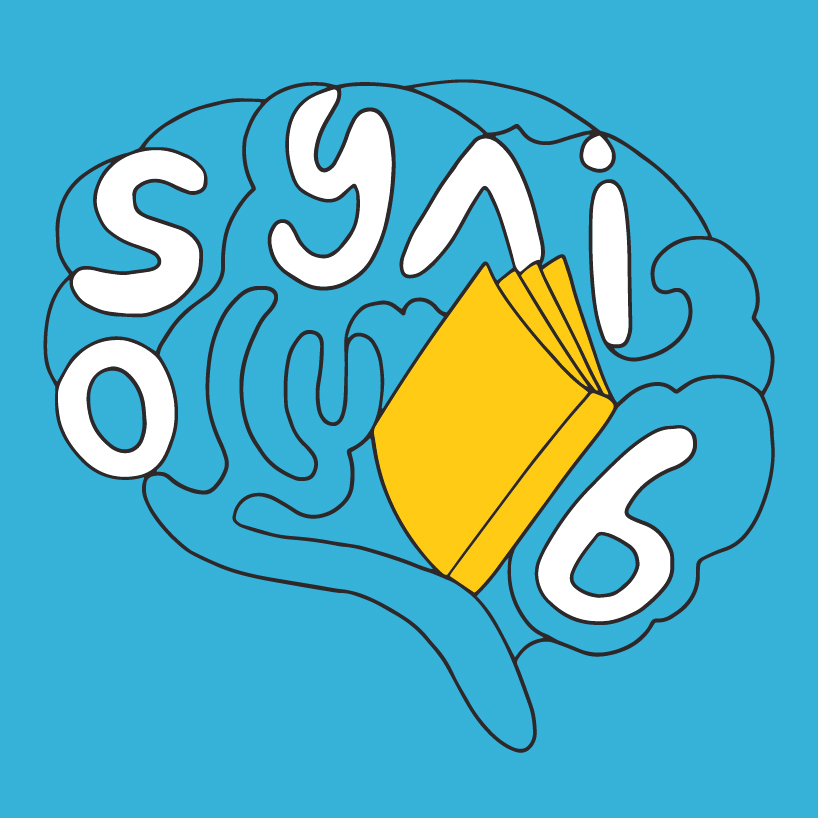
What is Dyslexia?
Dyslexia is a common difference in the way the brain is wired to learn to read, write, and spell.
by Kimberly Hildebrandt
Although the characteristics and degree of dyslexia vary, people with dyslexia generally have trouble matching the sounds of language to their symbols. This makes reading challenging, along with other essential literacy skills, such as writing and spelling.
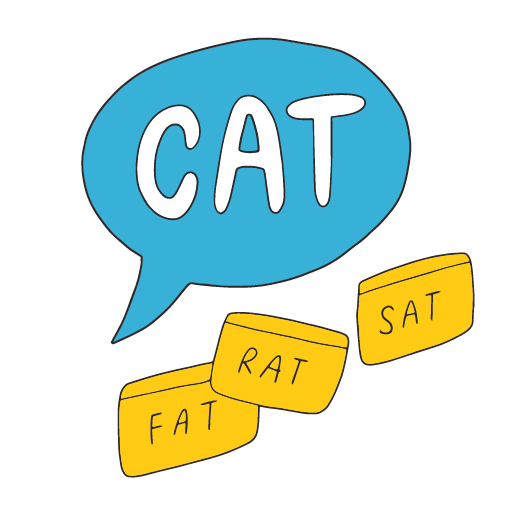
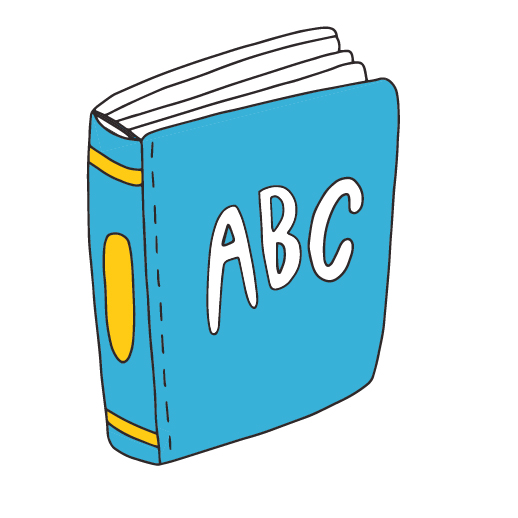
The human brain develops speech naturally, but we are not “wired” to read. Our brains must construct this ability. While people with dyslexia don’t “grow out of it,” with proper instruction, especially when provided early in life, people with dyslexia can learn to read.1
Dyslexia has no bearing on intelligence. And although these individuals learn differently, they often excel in analytical thinking, complex problem-solving, innovating, creativity, and more.
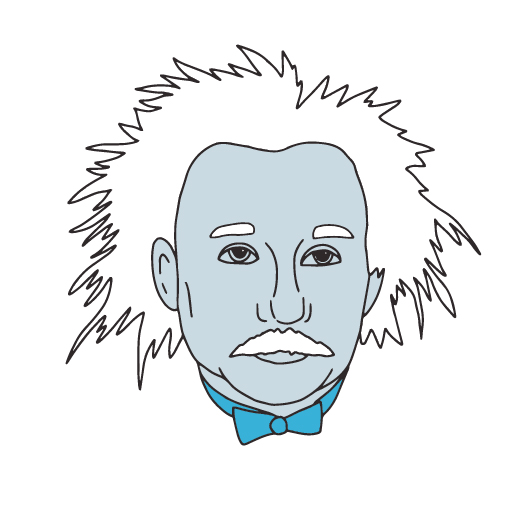
Read More About Dyslexia!
Frequently Asked Questions International Dyslexia Association
What Is Dyslexia? The Yale Center for Dyslexia & Creativity
1We Were Never Born to Read Falling Walls
Signs of Dyslexia
Dyslexia looks different for everyone, but here are some common signs, some of which may be recognized in children as young as three years old.2
Phonological Awareness
Difficulty recognizing sounds in words, such as:
* segmenting words into their parts
(e.g. cowboy broken into cow-boy)
* blending individual sounds into larger words
(e.g. /b/ /a/ /t/ into bat)
* manipulating sounds
(e.g. what’s bat without the /b/ at the beginning?)
* difficulty recognizing rhyme
Decoding
Difficulty matching letter names to their sounds (e.g. the letters “ph” make the sound /f/) or, in older children, sounding out unfamiliar words.

Other Signs in Older Children
Sometimes dyslexia is not recognized until a child is older, when peers are already reading.
Additional signs of dyslexia may include:4
* Frustration, such as avoiding reading, or complaining that reading is too hard
* Slow and laborious reading (poor reading fluency)
* Spelling/writing that is unusually difficult to decipher
* Difficulty understanding or remembering what one reads or summarizing a story
* Having trouble understanding idioms or puns or not “getting the joke”
* Frequently making the same mistakes
Other Signs in Adults
There are many adults who read through these signs and realize “Oh! This was me!’
While many adults with dyslexia have found strategies to help them be successful, some may still struggle with reading and writing. They may be knowledgeable about a topic and able to express their ideas verbally, but not be able to write them down.3
These struggles, when not identified and remediated, can lead to anxiety and low self-esteem.
Even as an adult, if you suspect you have dyslexia, getting identified can be freeing and help you find support and more effective strategies to help with reading, writing, processing language, and learning.
Read More:
2Early Markers of Dyslexia: Landmark360
3What Is Dyslexia? DyslexiaUK
4Signs of dyslexia at different ages. Understood.org
Facts and Myths
There are many misconceptions about dyslexia. Take a look at some myths and facts.
Myth: People with dyslexia are not smart.
Fact: Dyslexia is not related to intelligence. People with dyslexia have a wide range of cognitive abilities.
Myth: People with dyslexia won’t find success in life.
Fact: It is true that a world built on reading can make the path for those with dyslexia harder, but people with dyslexia have unique skills that make them the future of our world’s workforce. (pg. 28) People with dyslexia are often advanced in visualizing, communicating, connecting, exploring, and imagining.5
Myth: People with dyslexia have poor eyesight or read backward.
Fact: Dyslexia is not a visual problem.
Myth: Just because my child has dyslexia doesn’t mean I do.
Fact: Dyslexia is strongly heritable, occurring in up to 50% of individuals who have a first-degree relative with dyslexia.6
Myth: People with dyslexia just need to work harder.
Fact: People with dyslexia are often working twice as hard to compensate for their reading difficulties.
Myth: You have to wait until late elementary school before being diagnosed with dyslexia.
Fact: There are signs of dyslexia as early as age 3, before a child begins to learn to read, and screening can happen in kindergarten to determine if a child is at risk for dyslexia.6
Myth: Dyslexia isn’t that important as it doesn’t affect me.
Fact: Most experts estimate that 20% of people have dyslexia, representing 80–90% of all those with learning disabilities. Chances are very likely that you know someone with dyslexia.7
Myth: People with dyslexia can be cured.
Fact: People with dyslexia do not need a cure. With the right teaching approaches and strategies, people with dyslexia can learn to effectively read and write and will thrive.
More About Dyslexia Facts and Myths
5We’re Here to Redefine Dyslexia Made By Dyslexia
6It’s a Myth That Young Children Cannot Be Screened for Dyslexia Landmark360
7Dyslexia FAQ The Yale Center for Dyslexia & Creativity
Dyslexia MythsGaab Lab
So What Now?
If you think you or a loved one may have dyslexia, you’re in good company! You belong to a group of people who are smart and creative communicators, explorers, and connectors.
School systems and workplaces are not always geared for people with dyslexia, so there are some things that you can do:
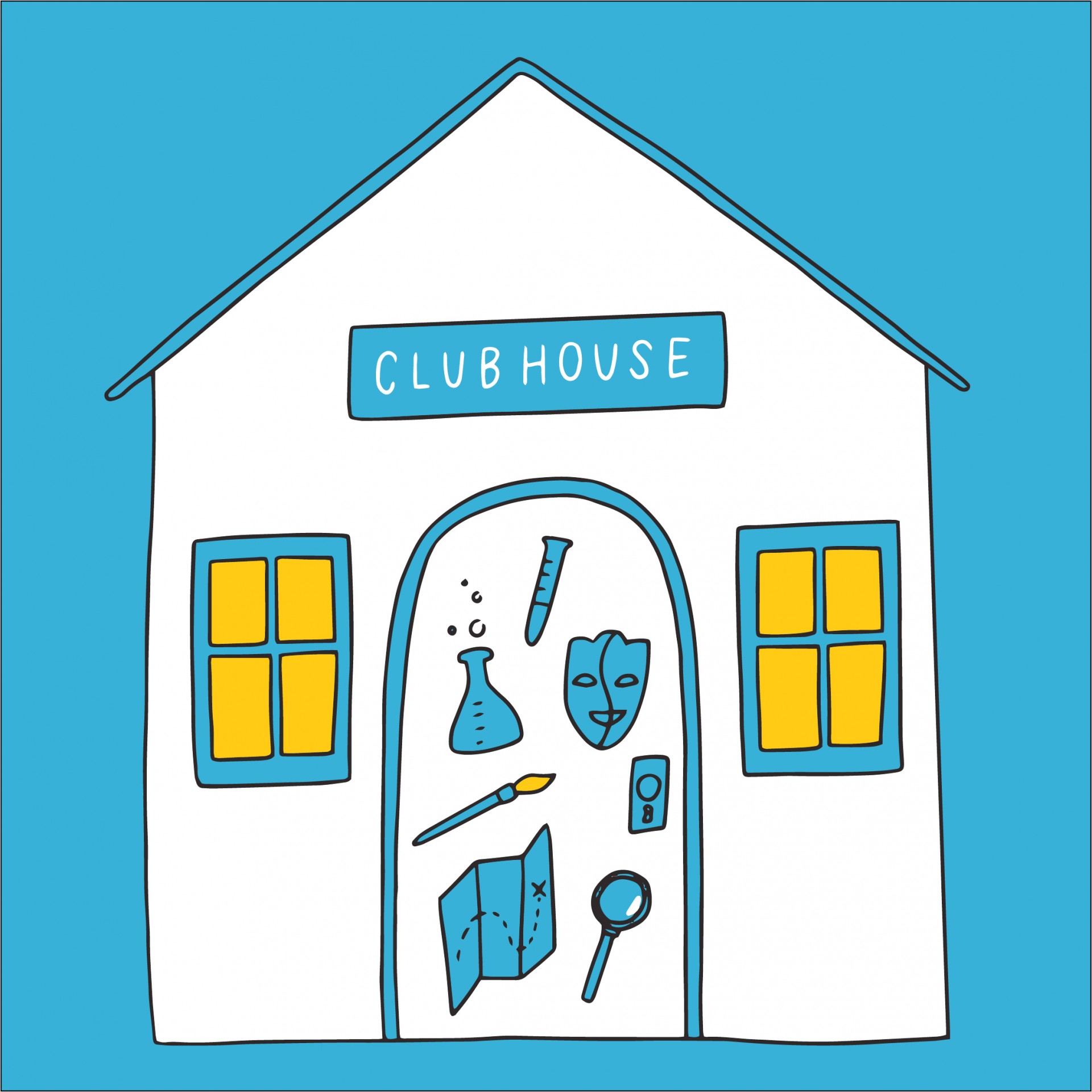
Get Diagnosed
Having a diagnosis can open important accommodations for people with dyslexia, which fall under the category of Specific Learning Disability (SLD). Work with your doctor, teachers, and, if needed, an independent psychologist.
* Learn more about how to request an evaluation at school:
6 Steps to Request a Free School Evaluation
Psychoeducational and Neuropsychological Evaluations Explained
Talk About It
If your child has dyslexia, don’t be reluctant to talk with them about it.
* Here are some tips:
The Best Way to Explain Learning Disabilities to Your Child
Persist
Finding the right interventions to help your child requires patience. Don’t give up! Take the time to learn the best ways to support and empower your child. There is a movement to redefine dyslexia.
* Learn more about it:
Made By Dyslexia
Key Take-Aways
* Dyslexia is a difficulty learning to read, write, and spell.
* The earlier a student gets intervention, the better the outcome.
* Dyslexia is the most common learning disability, affecting about 20% of people.7
* People with dyslexia are smart, often with above-average intelligence.

Dyslexia Guidebook
Download the Dyslexia Guidebook or view it as a digital flip book.
Purchase Printed Copies
Want printed copies of the Dyslexia Guidebook? You can purchase sets of 25 through Landmark Outreach.
Posted in the category Learning Disabilities.






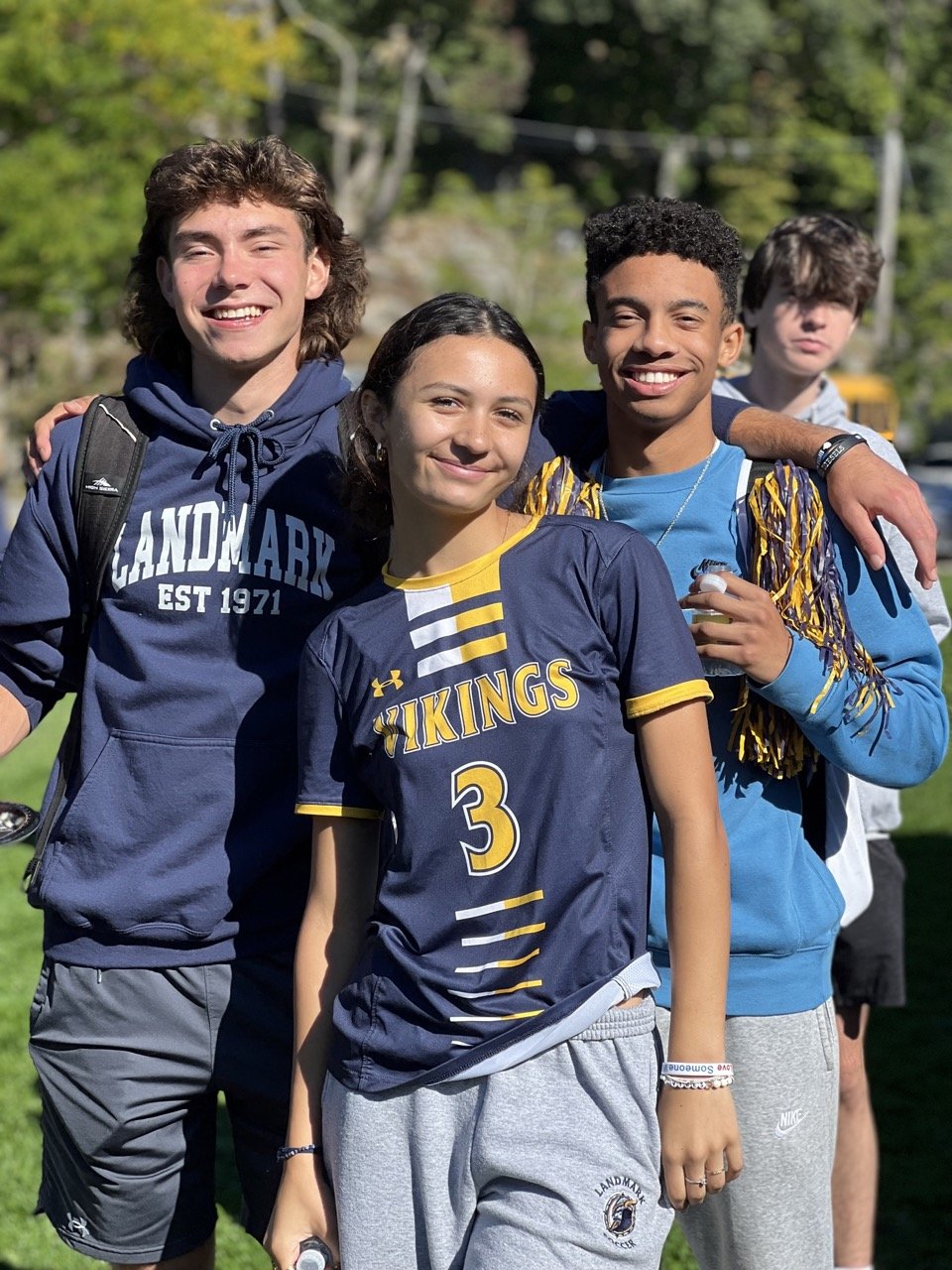

.jpg?v=1652115432307)





